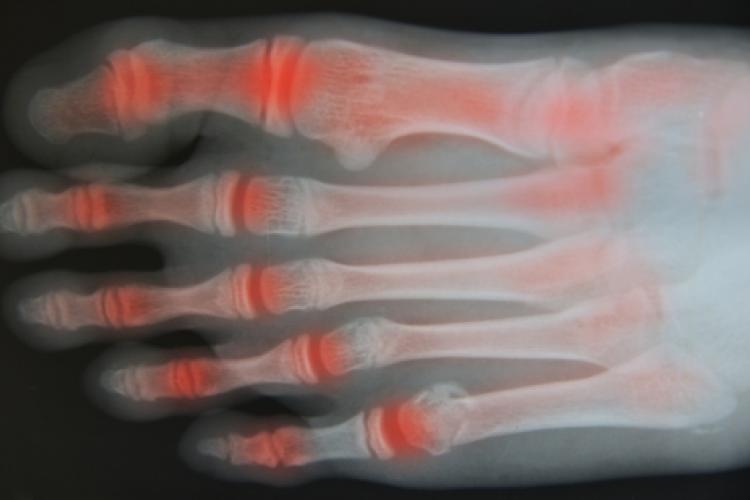Unexplored proteins could be targets for new drugs to treat autoimmune and other diseases, if only we knew more about them

There are many proteins that could potentially be targeted in autoimmune and inflammatory diseases like rheumatoid arthritis, lupus and Sjogren ’s syndrome, the focus of the ULTRA-DD project. The problem is that a lot of research needs to be done to find out which proteins are good targets while also being amenable to treatment with molecules. The ULTRA-DD project was set up to make some headway in identifying which proteins are worthy candidates for further study, in the hope that the publicly-available knowledge they generate will lead to future clinical trials for new drugs.
Breaking new ground
The ULTRA-DD consortium started by agreeing on a set of proteins to investigate, and studied them in assays, often derived from human disease tissue, generating high-quality tools for research like chemical compounds and antibodies. Michael Sundström was the scientific director of the project: “Only a very small fraction of all proteins, which are sort of carriers to the memory or how the body should function in all aspects, have been studied in detail. We were trying to break new ground by providing the research tools to do that for a selected number of these under-explored proteins to be studied by researchers.”
The team primarily studied systemic autoimmune diseases, for which new treatments are urgently needed. “We established test systems based on patient-donated tissue and blood so that we could get as close as possible to the patient’s real situation. Then we also generated protein-focused research tools like prototype early drug candidates, which still require significant effort to be converted into molecules that could be used in humans, but of high value for research purposes,” said Dr Sundström.
“To be able to do this type of study, you generate many different data types and many different research tools. We wanted to generate for understudied proteins what is already available in well-studied areas; it’s very much about developing knowledge and tool packages for these understudied proteins that will allow us and others to continue studying their function.”
“Protein function can be studied using a variety of different approaches, including genetic methods. You could create tools to study the effect of, say, stopping a protein from functioning in a certain disease condition, either by using an antibody or chemical compound which selectively interacts with that protein and prevents it from doing its function, or sometimes stimulates its function.”
Hope for widespread pickup in the research community
The tools and data generated by the project are being made available open access, said Dr Sundström. “None of our outputs are patented and there are no restrictions on its use for the research community. The industry partners won’t have exclusive rights to any of it; the databases, websites and publications are in the public domain in various open repositories, so everybody can benefit from the discoveries we’ve made and the research tools we’ve generated, long after the project ceases to exist.”
The project is aware of widespread use of the research tools in the community already. “We've been disseminating the chemical compounds that we developed to several hundred research groups across the globe. We have made arrangements with chemistry vendors that they will provide these compounds to the community for a nominal or reduced fee, long after the project is closed. With time, we will probably disseminate to several thousand research groups.”
“The same is true with antibodies and then, of course, with data. Our hope is that results and reagents generated by our project will be used by a wide research community. This will be known in a few years when we start to see citations for the publications - we so far published more than 200 papers.”
“The ultimate goal is that it will help to initiate clinical trials. To me personally, this is the ultimate metric. The average timeframe from the initial discovery of something new to the initiation of the clinical trial is somewhere around 10 to 14 years, on average. I hope to see some clinical trial activity within five years after the project has stopped.”
Read more
Unravelling the enigma of autoimmune diseases by Pierre Meulien, IMI Director
Proposed 'clustering' of patients offers hope for better understanding of autoimmune diseases
